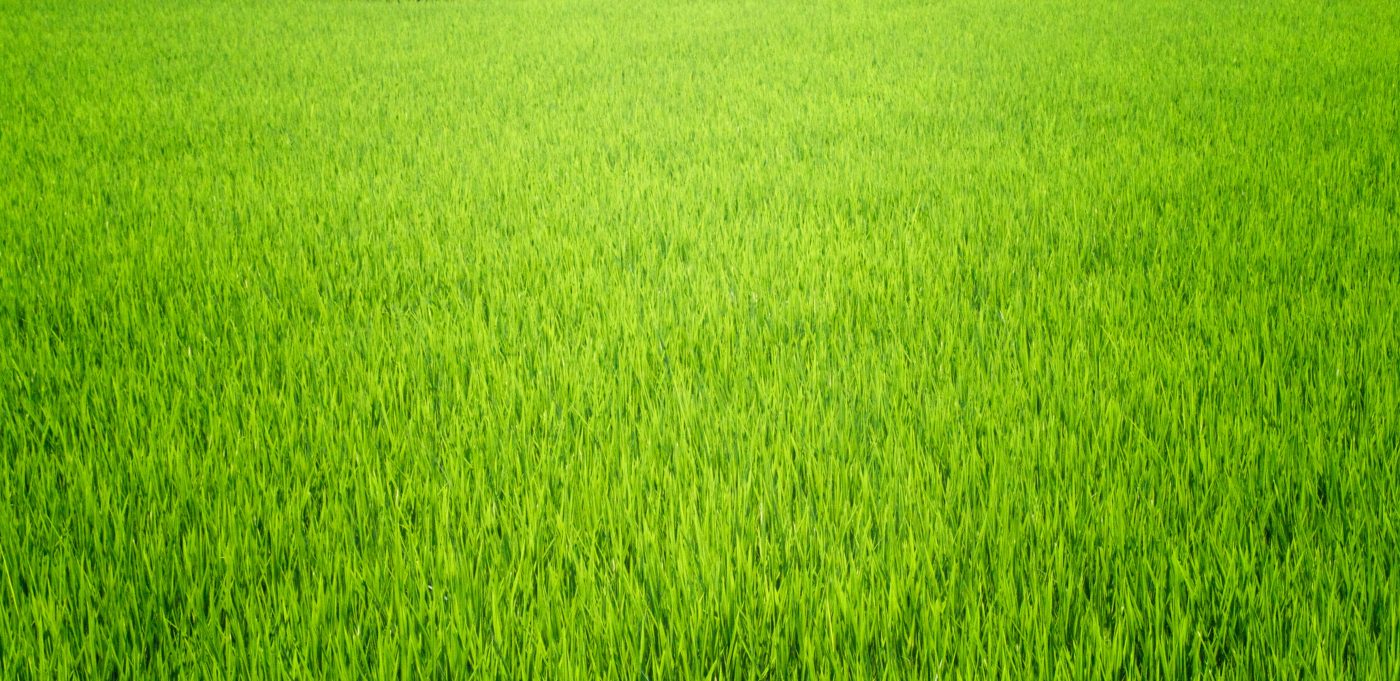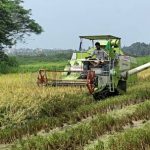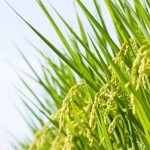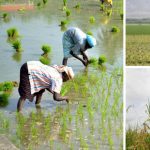A very interesting and peculiar situation has emerged between the agriculturists, veterans and the ambitions of Goa’s agriculture development authorities. How much mechanization is good for Goa is the problem being faced by all now. Questions are being raised on how much and how the farmers and the allied skilled men will have to lose or win in the pursuit of mechanisation.
This situation was faced by the new Agriculture Minister Vijai Sardesai wherein he was posed with a question on how to fast track the farming of Goa to put it in the mainstream of Indian agriculture scene.
Earlier, the Agriculture Minister in Agriculture Expo has been on record that the assurance of the Prime Minister Narendra Modi of doubling the income of the Indian farmers in five years, automatically becomes a policy for all the states of India.
However, the challenge of the same has just begun for the Minister. The Chief Minister Manohar Parrikar and the Agriculture Minister had planned to bring 1500 acres of barren or non-cultivated agricultural land into cultivation within one month in this Kharif crop season. The Minister has informed that they have been able to achieve only a part of the target due to various reasons. One of the major reasons for the same is the apprehensions of the farmers of losing labour earned from manual farming. “I had taken a meeting of all the Zonal Agricultural Officers and asked them on what problems they have and how much mechanical transplantation they can do. I got tractors for the farmers as they were not given for a long time. I enhanced the scheme money so that it can fit the Goan farming. But it is not going the way it should be,” said Agriculture Minister.
Vijai also informed that he changed the stance and requested the transplantation machine vendors not to come and sell their machine, but to come with an operator and service back up. But there were some teething issues with the process. In addition to this problem, the farmers have complained that by getting in the machine, the workers will lose daily wages. “The Agriculture Department is one of the most cooperative departments and means business when it comes to development of agriculture. However we have not been able to get desired results,” said Sardesai.
Farmers from Fatorda area operate in a typical manner wherein a family which doesn’t have fields, help another farmer with fields and gets daily wages for the same.
Idalina Dias from Fatorda, while speaking to TNV, explained what a farmer of Fatorda does for survival. “We are small time growers of horticultural produce like red, green leafy vegetables, radish, lady finger, French beans and others. However, this income is restricted to few months. My family helps in the fields of Fatorda during Kharif season and we make a living during the monsoons,” she told. She also told that they are dependent on this income as their kids are still schooling. “There are numerous such farmers like me who are dependent on Kharif and Rabi season, and mechanization makes us lose the income,” she added.
Having said that, the Agriculture Minister plans to change his stance and encourage more and more farmers to go for orchid farming. Agriculture Minister said, “The income from orchid farming is 10 times more than paddy. The farmer keeps growing paddy for a much lesser income while he can be a mass producer and exporter. For the need of rice he can buy it from the markets,” said Sardesai.
The strength of Farming can be seen in a village near Pune called Talegaon. The farmers are producing Dutch roses. These roses are the best of the breed and are in demand all over. These farmers are now producing and exporting the roses to Netherlands. There are roses and orchids around the world, of which, strains of roses from Hawaii have grown in a similar environment like that of Goa. “We will research and develop our own orchids or roses, and I think within three years we can show substantial results,” said Sardesai.
Agriculture in Goa is more of pride than that of subsistence or farming for survival. People from villages deep inside Canacona, Sanguem and others still do agriculture as a matter of pride and discuss how their farming was this time round. The recent studies and observations have proven that there is a lax on working hard to make agriculture commercially successful. Hence, a line of thought wherein the agriculture in Goa can be continued with all its fervour to keep Goa green, is presently being followed by the Ministry of Agriculture.
It is going to be interesting to see how the Agriculture Department and the Minister himself who is in the driver’s seat, makes the changes and sets the ball rolling for the agriculture in Goa. With their eyes set on the Rabi season the Agriculture staff under the first ever Agriculture Graduate Minister has put its foot down to raise the bar in the Goan farming scene.
Team TNV






























